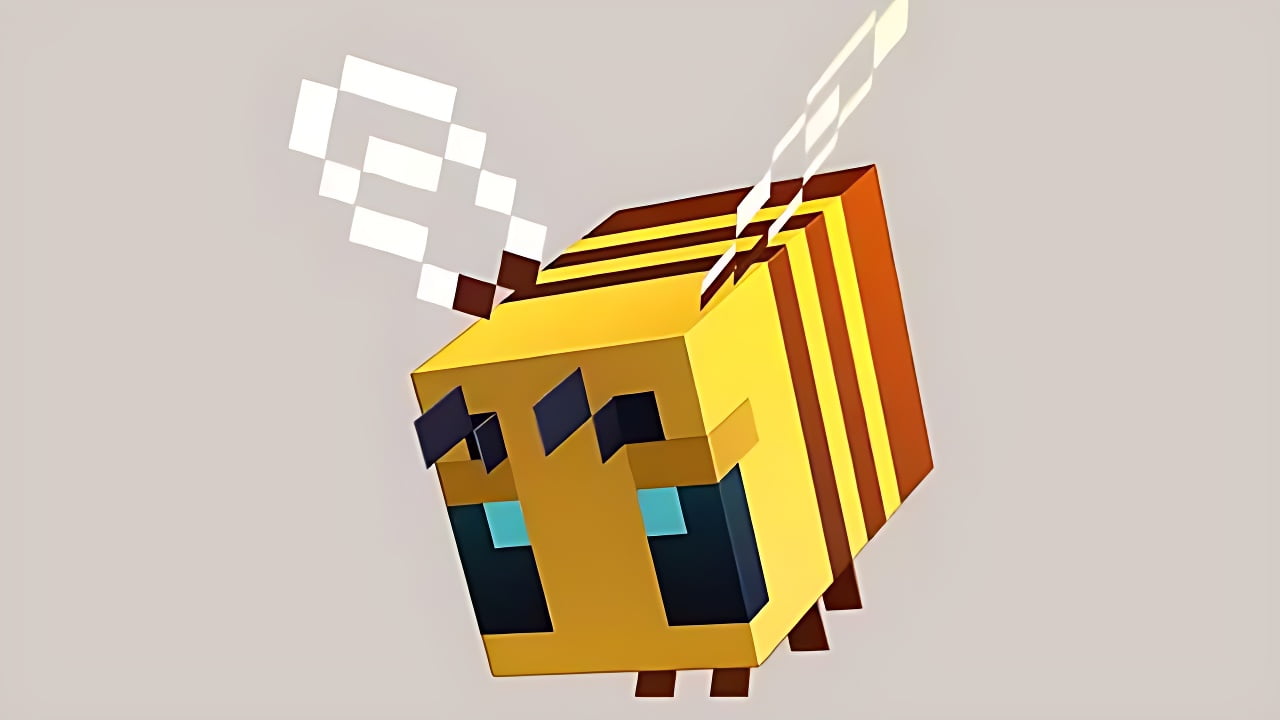Players encounter a myriad of interactive elements that contribute to the richness of the game in the ever-evolving universe of Minecraft. Among these, bees emerge as a significant addition, offering both challenges and opportunities for resourceful players. Beyond being a mere environmental feature, bees play a crucial role by providing essential resources such as honey and honeycomb.
This guide delves into the world of Minecraft bee farming, exploring how to easily obtain bees, understand their behavior, and maximize the benefits they bring to the game.
Locating Bees:
Bees in Minecraft reside in bee nests, which spawn naturally in specific biomes. The primary habitats for bee nests include Sunflower Plains, Plains, Flower Forest, Forest, Birch Forest, Tall Birch Forest, Birch Forest Hills, Tall Birch Hills, and Wooded Hills. The likelihood of bee nest appearance varies across biomes, with some having a higher chance than others. For example, Sunflower Plains and Plains biomes boast approximately a 5% chance, while Forest and Birch Forest biomes have a lower chance of around 0.2%.
Attracting Bees:
Attracting bees is a straightforward process in Minecraft. Bees are drawn to players holding flowers. Utilizing this behavior, players can easily lead bees to a specific location. This method provides a simple yet effective way to gather bees for farming or breeding purposes.
Breeding Bees:
Breeding bees in Minecraft is akin to breeding other animals in the game. Providing a flower to a bee triggers its “Love Mode,” prompting it to search for another bee in the same state. When two bees in Love Mode meet, they breed, resulting in the birth of a baby bee. Feeding flowers to baby bees expedites their maturation process. It’s important to note that the breeding cooldown and growth rate of bees are paused when they are inside a bee nest or beehive.
Understanding Bee Behavior:
Bees in Minecraft exhibit specific behaviors that players should understand for successful bee farming. Bees are neutral and only attack when provoked. Provocation can occur if a bee is attacked, its hive is destroyed, or honey/honeycomb is extracted without a campfire placed underneath the hive. During the day, bees leave their hives to collect pollen, contributing to crop pollination, which benefits the growth of nearby crops.
Harvesting Resources:
Bee farms in Minecraft serve a dual purpose—they facilitate breeding and provide a valuable source of resources. To harvest honeycomb, players must use shears on a beehive or bee nest with a honey level of 5. Honeycomb finds use in crafting beehives, candles, and waxing copper blocks.
Honey collection involves using an empty glass bottle on a hive or nest at honey level 5. To prevent bee aggression during extraction, it’s crucial to place a lit campfire beneath the hive or nest.
Maximizing the Benefits of Bees:
Bees in Minecraft are not just buzzing creatures; they are valuable assets that can enhance various aspects of your gameplay. By understanding their habitats, behaviors, and the mechanics of breeding and resource collection, you can effectively incorporate bees into your Minecraft experience.
Whether you’re cultivating a thriving bee farm for the joy of farming, the benefits of crop pollination, or the utility of honey and honeycomb, bees add a rich layer to the game’s already diverse ecosystem.

